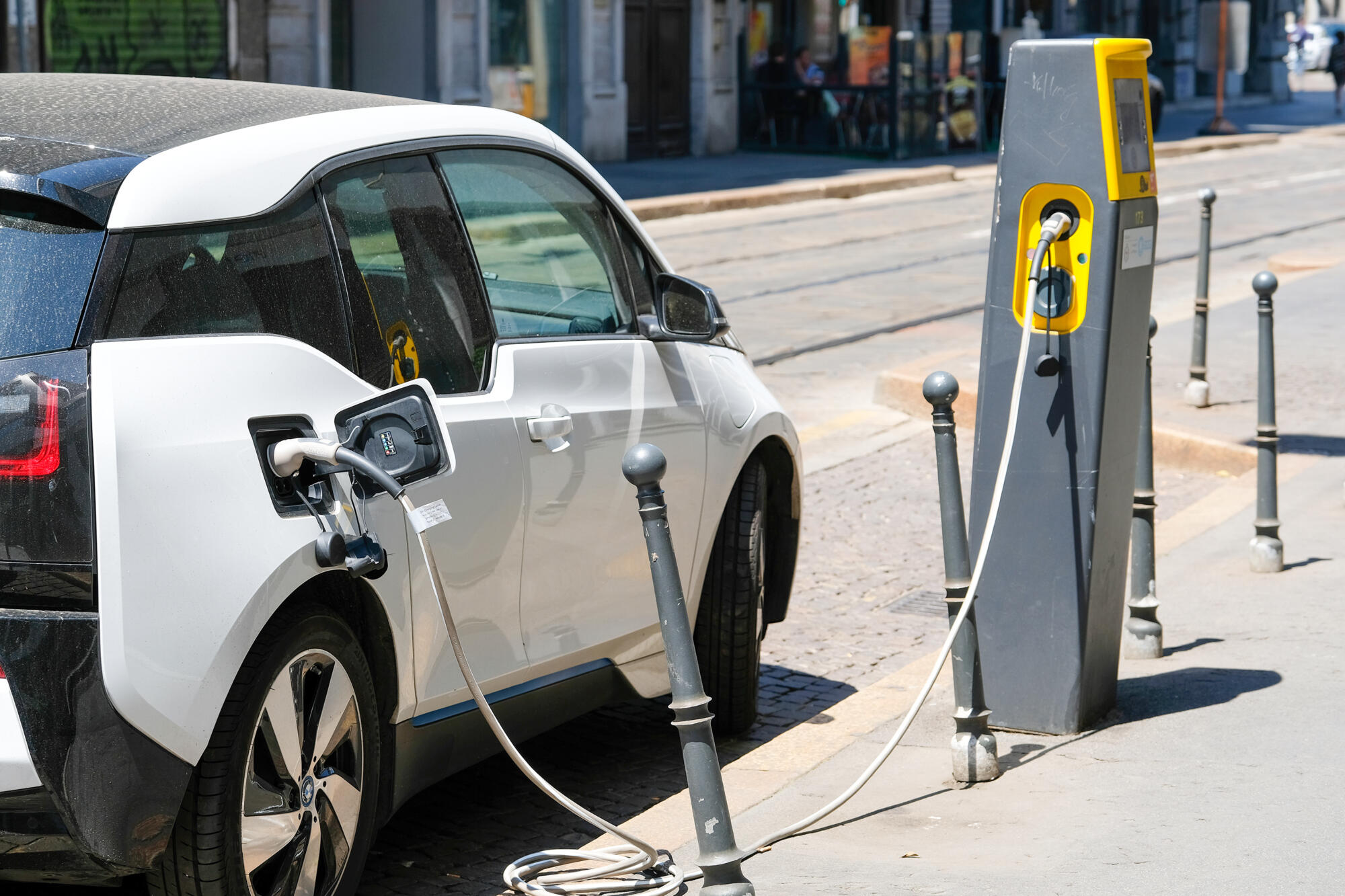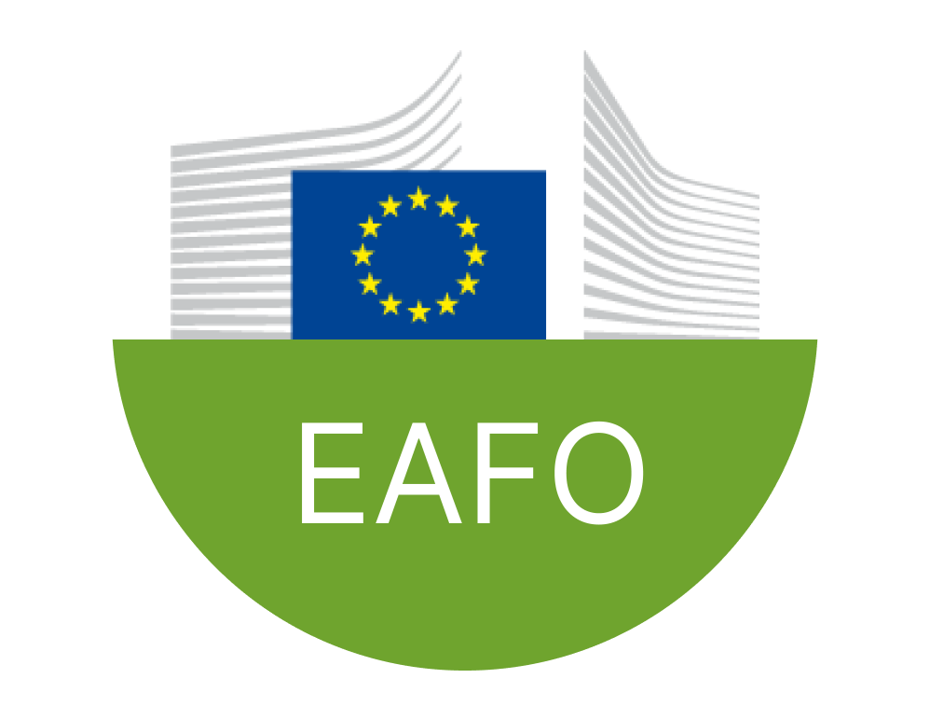New guidelines to support cities and regions in streamlining the deployment electric vehicles recharging infrastructure are now published!
With the recent adoption of the Alternative Fuels Infrastructure Regulation (AFIR), The European Commission has set up ambitious targets for electric vehicle (EV) recharging infrastructure: a fleet-based mandate depending on the EV fleet evolution, and a distance-based mandate along the TEN-T network.
This will reduce the range anxiety of EV drivers and ensure that there will be enough recharging availability to respond to future demand. But this will also bring enormous challenges for local and regional authorities, not only in managing future public space requirements but also in ensuring that the administrative needs of this process are met efficiently and transparently.
POLIS has been supporting this effort through different initiatives, including the Sustainable Transport Forum’s subgroup on public authorities to support the deployment of recharging infrastructure (STF-PA). This expert group aims to provide guidance and best practice examples to public authorities and other relevant stakeholders on the deployment of alternative fuel infrastructure and vehicles.
This report, coordinated by DG MOVE and produced by POLIS, highlights the key findings and recommendations from the STF-PA survey, conducted from September to December 2021, on the procedures of public authorities, and experiences of market participants with permitting and grid connection procedures for recharging infrastructure.
The survey involved local, regional and national public authorities and private stakeholders (market participants such as recharging point operators (CPOs), electricity supply companies, car manufacturers and interest groups). It complements the previous work on the Recommendations for public authorities for procuring, awarding concessions, licences and/or granting support for electric recharging infrastructure.
Problems and bottlenecks
Identified in this report are four main groups of problems and bottlenecks regarding the permitting and grid connection processes:
- Lack of clearly defined timelines and standardised procedures, together with a lack of experienced staff and technical capacity. This delays the permitting and grid connection processes and increases the costs of the procedure.
- Lack of transparency on costs, both for the permitting procedure fees and for the grid connection procedure, results in unpredictability.
- Lack of cooperation between public authorities and DSOs/TSOs to accelerate the connection of recharging points to the grid.
- Lack of joint planning between public authorities, CPOs and DSOs/TSOs for recharging needs, resulting in a recharging infrastructure roll-out not fully aligned with urban, mobility and grid planning.
Based on this diagnosis, a set of measures is recommended, both for the permitting and for the grid connection procedure. Included are also examples of good practices from public authorities in the EU and beyond, that can help both local and regional authorities and market players increase their cooperation and establish communication channels in liaison with energy distributors and grid managers to streamline these processes.
The full report is available here.

